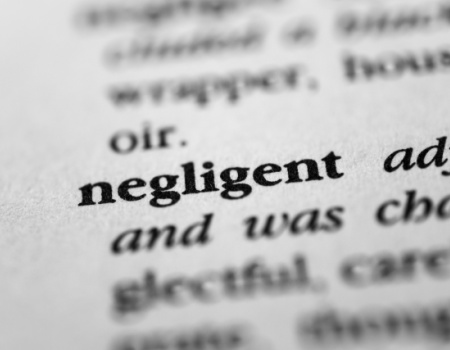Proving negligence in a personal injury case is a difficult process but it is possible to achieve a successful outcome. Negligence is the failure to exercise reasonable care that results in some kind of damage to another person. To prove negligence in a personal injury case, you must demonstrate that the defendant had a duty of care, breached that duty of care, and that the breach caused your injuries. In this article, we’ll explore how to prove negligence in a personal injury case.
Duty of Care
The first step in proving negligence is to establish that the defendant had a duty of care towards you. A duty of care is a legal obligation to take reasonable steps to prevent harm to others. In a personal injury case, this means that the defendant had a responsibility to act with reasonable care towards you. For example, if you were injured in a car accident, the other driver had a duty of care to obey traffic laws and drive safely.
Breach of Duty
Once you have established that the defendant had a duty of care towards you, the next step is to show that they breached that duty. A breach of duty occurs when the defendant fails to uphold their duty of care. This can take many forms, such as driving recklessly, failing to maintain a safe property, or providing inadequate medical care. To prove a breach of duty, you must show that the defendant’s actions were unreasonable and that a reasonable person in their position would have acted differently.
Causation
The final step in proving negligence is to establish that the defendant’s breach of duty caused your injuries. Causation requires a direct link between the defendant’s actions and your injuries. In other words, you must show that if the defendant had not breached their duty of care, you would not have been injured. This can be a challenging aspect of proving negligence, as there may be other factors that contributed to your injuries.
Evidence
To prove negligence in a personal injury case, you must present evidence that supports your claims. This evidence can take many forms, such as witness testimony, medical records, expert opinions, and physical evidence. It is essential to gather as much evidence as possible to support your case. This may involve interviewing witnesses, taking photographs of the scene of the incident, and obtaining medical reports.
Expert Testimony
Expert testimony can be a critical component of proving negligence in a personal injury case. Experts can provide opinions on complex issues, such as the cause of your injuries, the extent of your damages, and the long-term effects of your injuries. They can also help to establish the standard of care that the defendant should have followed. Expert testimony can be expensive, but it can be well worth the investment in a successful case.
Damages
If you can prove negligence in a personal injury case, you may be entitled to damages. Damages are compensation for the harm and losses that you have suffered as a result of the defendant’s actions. Damages can include medical expenses, lost wages, pain and suffering, and other losses. The amount of damages that you may be entitled to will depend on the specific circumstances of your case.
Conclusion
Proving negligence in a personal injury case can be a complex and challenging process, but it is possible with the right approach. To prove negligence, you must establish that the defendant had a duty of care, breached that duty, and that the breach caused your injuries. It is essential to gather as much evidence as possible to support your case, including expert testimony where necessary. Now it will be up to you to prove negligence to get compensation for your losses. If you have been injured because of someone else’s negligence, it is essential to seek the advice of an experienced and talented personal injury attorney to take over and fight for your compensation.
Josh is writer and paralegal, with over 10 years of experience in family law, personal injury, criminal defense and more.





